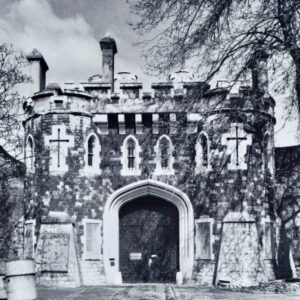
A novel by Kate Atkinson is always something to look forward to and I’ve just finished reading her latest – The Shrines of Gaiety. As always, she does not disappoint.
This character-rich, picaresque romp through the underbelly of the world of the Bright Young Things of London in the 1920s is what is known as a good read.
The Great War is an ever-present shadow, but the surface is all glitter and gleam and the patrons of Nellie Coker’s Soho nightspots are set on all-things-go hedonism.
The decadence is matched only by the depravity as her fizzing and fragile cast of characters makes its way through a plate-spinning plot of twists and turns, improbable coincidences, alliances, and betrayals.
There’s Nellie Coker – first seen emerging from the small door set into the great gates of Holloway women’s prison. She’s the owner of nightclubs across Soho, managed – kind of – by her motley offspring.
The oldest – Niven – a brooding ex-Scots Guardsman sharpshooter survivor of Passchendaele drives a fancy Hispano-Suiza the color of clotted cream. His closest attachment is his dog – a wolfish Alsatian named Keeper. Then her second-in-command – brainy Edith, seduced by a corrupt police inspector set on taking over Nellie’s empire. Next empty-headed Cambridge-educated Betty and Shirley who “wear their learning lightly”, and the drug-addicted, tubercular, wannabe novelist Ramsey. And last the neglected and up-to-no-good runt of the litter – 11-year-old Kitty, recently expelled from boarding school on suspicion of arson (denied).
There was a father on Kitty’s birth certificate, although Edith said she knew for a fact it was the name of a major who had died at the battle of the Marne a year before Kitty was born. (“A miracle,” Nellie said, unruffled.)
But that’s just the Cokers.
There’s the upright Detective Chief Inspector Frobisher assigned to clean up the corruption at Bow Street police station as well as the sleaze of Soho.
The delinquent Coker empire was a house of cards that Frobisher aimed to topple. The filthy, glittering underbelly of London was concentrated in its nightclubs, and particularly the Amethyst, the gaudy jewel at the heart of Soho’s nightlife. It was not the moral delinquency—the dancing, the drinking, not even the drugs—that dismayed Frobisher. It was the girls. Girls were disappearing in London. At least five he knew about had vanished over the last few weeks. Where did they go? He suspected that they went in through the doors of the Soho clubs and never came out again.
Frobisher forms an unlikely alliance with level-headed, former WW1 nurse Gwendolen Kelling down from York on a mission. Unlike Frobisher’s wife:
“She was not mad, nor French, nor particularly beautiful. She was a librarian.”
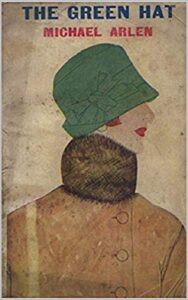
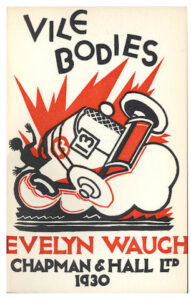 It’s handy having a bookish policeman and a librarian in the mix for it allows for all kinds of literary commentary – the library patrons who wanted the racier authors, the hot stuff (!) by such racy authors as Elinor Glyn, Ruby M. Ayres, and Ethel M. Dell.
It’s handy having a bookish policeman and a librarian in the mix for it allows for all kinds of literary commentary – the library patrons who wanted the racier authors, the hot stuff (!) by such racy authors as Elinor Glyn, Ruby M. Ayres, and Ethel M. Dell.
Michael Arlen’s rather scandalous 1924 bestseller The Green Hat and its stage adaption is a running motif. And surely those Evelyn Waugh “vile bodies” – Miles Malpractice, Agatha Runcible and Margot Metroland – are part of the crowd running around the city in fancy dress and swigging from champagne bottles and hosting parties.
When the scavenger hunts had grown stale the hateful Bright Young Things had moved on the throwing parties, the more ludicrously exhibitionist the better, like this baby party with its dress code of romper suits, matinée jackets and sun bonnets.
The honourable Pamela Berowne requests the pleasure of your company at a baby party. “What the heck is that?” Shirley asked. “Do you have to bring a baby with you? That would be a nightmare.” “She’s a Bright Young Thing,” Ramsay said gloomily. “She’s not in the least but bright,” said Betty. All the Cokers poured scorn on the so-called Bright Young Things.” She’s not even that young,” Shirley said. “Just a thing then,” Betty said.
This “baby” party is based on a real event from 1929, billed as the Second Childhood Party. It was at Rosemary Sanders’s house in Rutland Gate and the guests – many of whom arrived in prams and baby carriages – were supplied with dolls, bottles, and dummies (pacifiers), and ordered drinks at a bar set up in a playpen. The press was beginning to disapprove of such behavior.
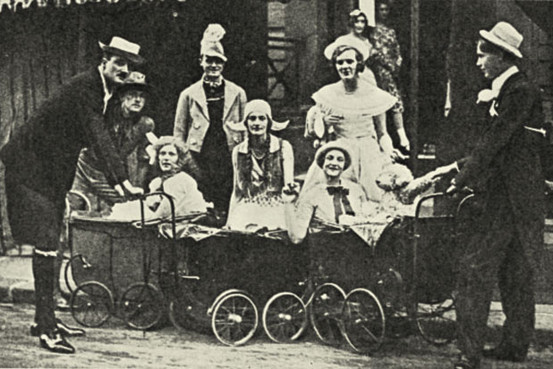
It all makes the shenanigans of Bertie Wooster and his pals at the Drones Club seem positively wholesome.
Shrines has a dizzying cast of bit players from bent coppers and Bright Young Things to penniless stage-struck runaways who – seeking their fortune – find the streets not paved with gold. There are the seedy and sleazy, the decadent and the depraved, and two dogs. There are “vile bodies” and dead bodies. And if you leave the novel for a time and come back and forget who’s who it doesn’t matter. You are in the safe hands of a master storyteller. Atkinson deftly keeps it all moving forward (and backward and forward).
London and the Year 1926 are Major Players
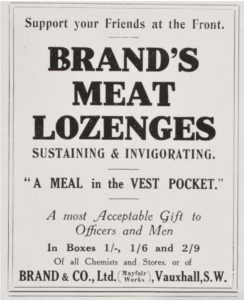
 And among the most interesting “characters” are London itself and the year 1926. Atkinson immerses us in the life of the city at that time. every page seems drenched with period detail.
And among the most interesting “characters” are London itself and the year 1926. Atkinson immerses us in the life of the city at that time. every page seems drenched with period detail.
It’s not Weimar Berlin,but the novel conjures post-Great War London as a seedy metropolis still in mourning but also on the edge of a new and modern age. The collective trauma of the war is now played out in a flamboyant and abandoned display of corruption, greed, and excess.
For all the pranks and larks there’s a dark and menacing undertone to the hijinks of the fast set. Fancy dress is a good disguise.
I can only imagine the fun Atkinson had weaving in this prodigious research. She did the same with London and 1940 and 1950 in the also wonderful Transcription
As with that novel, there is much ado about food and period delicacies such as boiled mutton, Sussex Pond Pudding. salad in aspic, and Brand’s Meat Lozenges.
There are chocolates from Terry’s and cakes from Maison Bertaux, the oldest patisserie in London. There is roast beef and turbot in green sauce at Simpson’s, afternoon tea at Gorings, liver and onions at the Charing Cross Hotel, hareng à la meunière and crème chausseur soup at Pinoli’s on Wardour Street, and rock buns at Lyons Corner House.
Cocktail Hour

 And the drinks!
And the drinks!
On undercover assignment at the Amethyst, Gwendolen and her “date” are confronted by the mysteries of the cocktail menu.
She started reading the menu out loud… It was impossible to tell what the drinks contained from their names alone. The christening of cocktails must the full-time job for someone. “What do you think a Highwayman is? Or, for that matter a Sunbeam, a Mikado,or a King of Britannia?”
The waiter suggests Buster Browns.
A Tour of London
Sight-seeing Gwendolen makes good use of her Bartholemew’s guide to London and so does Atkinson. Gwendolen inspects the new memorial to the Royal Artillery at Hyde Park Corner. Driving his new Austin Seven, Frobisher is unable to find an exit from Piccadilly Circus thanks to the extension work on the Underground station. Gwendolen buys her ball gown at Liberty’s and Betty and Shirley go shopping at Selfridge’s.
And so on…I loved all of it.
And the gangs? Yes, many were real and there was an all-women gang called The Forty Thieves, sometimes also called The Forty Elephants because they hailed from the Elephant and Castle. And some say it was a gang with roots that went back to the 18th century. And Nellie Coker is based on the real Kate Meyrick – a notorious nightclub owner in London during the 1920s. Her ’43 Club’ on Gerrard Street, Soho was a haunt of celebrities, royalty, gangsters, and those ‘Bright Young Things’.
Who knew? Thank you, Kate Atkinson.
“It was not the clubs that were taking the girls, it was Maddox and his sidekick Sergeant Oakes .”- nicknamed the laughing policeman
Here’s The Laughing Policeman 1922 musical song by Charles Penrose – a perennial pick on BBC radio’s “Children’s Favourites” of my childhood decades later.
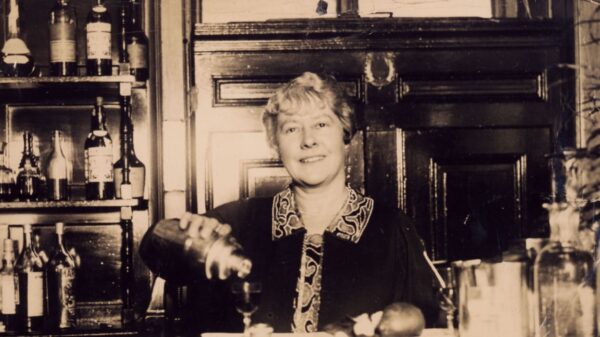
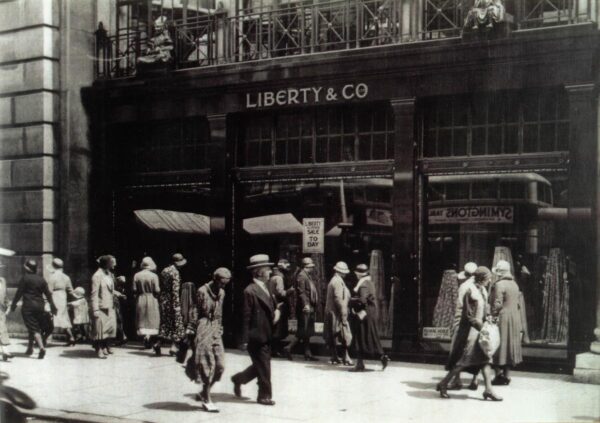
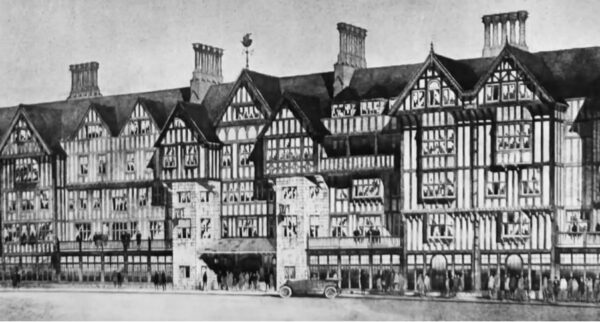
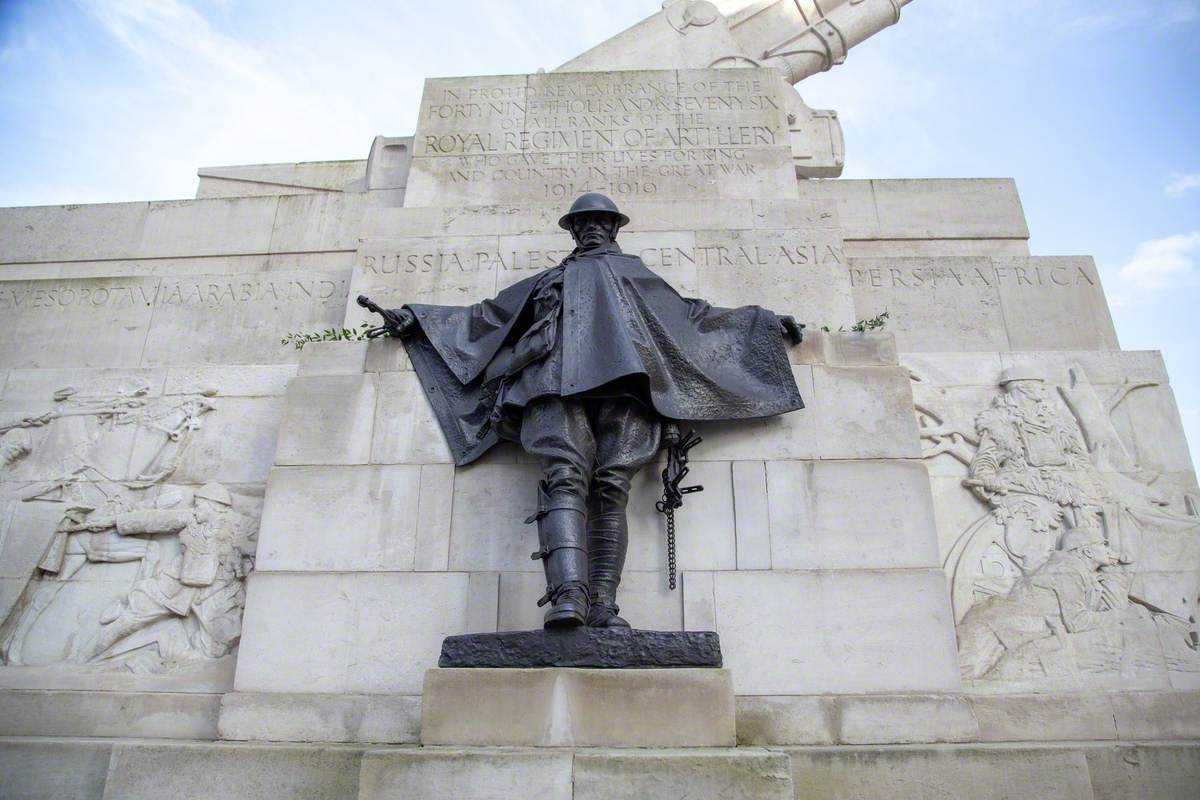
For the fortunate few it was a celebrity culture – a golden age of parties, champagne, freedom, fast cars, fancy dress, bobbed hair, and ballgowns.
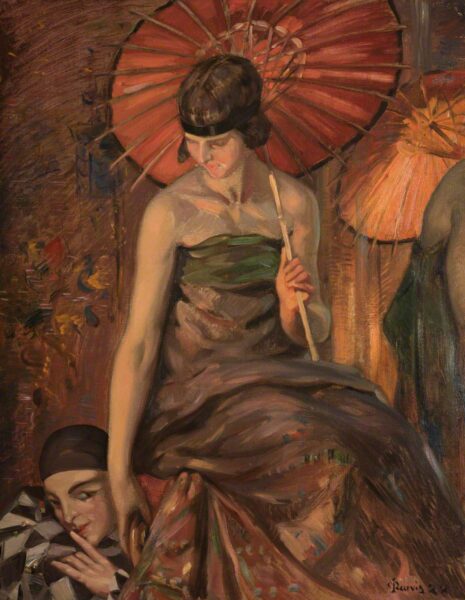
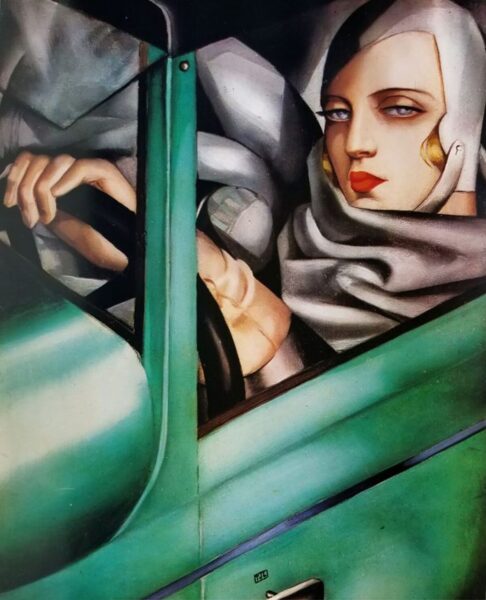
Runaway dreamer Freda Murgatroyd thinks she has an audition for the chorus line at the Adelphi theatre. It does not lead to glamour and glory. People are not what they seem.
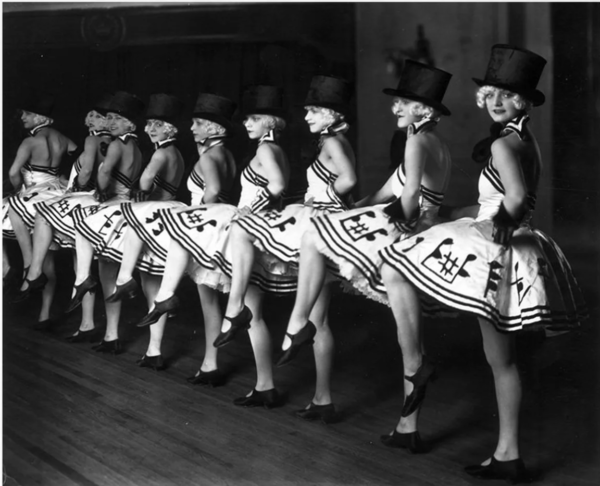



I liked this book but it also wore me out — maybe with sensory overload. I didn’t care for any of Nellie’s children although I did mostly like Gwendolen and the fact that she was a librarian. Her relationship with Nellie was interesting. The two lost/runaway girls reminded me of some other book, maybe one by Laura Lippman.
Overall, I think I prefer Atkinson’s Jackson Brodie books but I think the standalone sell better, so she will doubtless continue them.
I understand what you mean and sensory overload puts it well. It is over the top in terms of characters and plot surprises. But for me it beats the Jackson Brodies and i love the period immersion. But all of them have that Atkinson gift for the perfect sentence.
I’ve only skimmed this as, having already gifted this to the better half as a birthday present, I hope I’m next in line!
Thanks, Josie! You’ve just solved the “What would I like for Christmas?” problem. Any new book by Kate Atkinson is cheerful thought – and it would fit very nicely on the bookshelf with all the others. Greetings from Lanzarote – last minute blast of sunshine before the depressing, cold and wet days of another British winter. Tx
Look forward to hearing what you think of it. Enjoy that sun!
Its London. 2022 and i am waking, i thought, to another lonely November day. But heres your blog post and suddenly i am in 1920s Soho with my mother..who did i really know? Then again in my min i am in the 1950s, a young child innocent of the past, the significance of the copies of Illustrated News ragged, residing in one of the never visited shelves of the utility cupboard that lined our kitchen wall. Instructed not to read them of course, i did of course, when no one was there to see. The content made little sense to me at five, six years old. The Great War recounted too in a mag the name of which i cant recall. Then trips to Great Chapel Street, Soho with my mother as she returned to work, mid 50s. To the firm where she had worked since aged 14 in 1926 …..in soft furnishings firm, Stutely’s “the western home of eastern promise”, where silks, velvets, taffettas etc were transformed into high end cushions, curtains, eiderdowns etc for the most wealthy across the world. A portrait of my mother hung in our dining room…a look straight out of that era. Kate Atkinson’s book and your blog revealed to me that context and so the life experience which my mother had when i was growing up. It shakes up my view of her. When i was young I did not understand this wider context, where she went between leaving at six a.m. before i woke and returning at 7 pm tired to a suburban metroland family and a daughter desperate to see her before bed time. I did visit Liberty’s and the streets around, cafes, alleys of Soho so i do have memories of those places when very occasionally she would take me to work with her. She worked at Stuteleys until the firm folded in 1960s. And so that was her life, my maternal context outside of my understanding back then. I shall now try to return to sleep to see if this kaleidoscope of knowledge can revise my understanding of her. Thats the power of history, of books and blogs. Thank you Josie.
That’s fantastic Dierdre. Thanks for all those bits and bobs and memories. I just tried to find out more about Stuteley’s, Failing so far but finding lots of stuff about the area between the wars. Atkinson is SO good at layering in the period details and creating a sense of time and place. And meanwhile, it never gets in the way of the plot. What a storyteller.
Fantastic review and images. Thanks you Josie. As always you stir memories of reading, of being in London For a very short time I worked in the accounts section of Liberty’s… the Ducchess of X has she got any credit? Little did they know rough colonials were working behind the scenes.
Thank you for the encouragement Gerts. (That’s a great accounts section detail. Conjures up images of tattered scrounging aristocracy living on credit, bouncing cheques, and keeping up appearances. Someone should write the novel….)
I must get the book. I enjoyed all the others and I like reading about that time period.
It’s a good ‘un. But then they all are.
P.S. I clicked “Like” above (several times), but it wouldn’t ‘take.’
THE LAUGHING POLICEMAN was but one of a number of silly “laughing songs’ recorded back in the 1920s, including LAUGHING HYENA, LAUGHING MARIONETTE, LAUGHING LOUIE and this not-so-silly one in which the blues singer gets the last laugh (about two minutes into the clip):
[youtube https://www.youtube.com/watch?v=fC6kv07b6DA&w=789&h=444%5D
Thanks for that mistermuse.
And there are a whole lot more musicals and numbers mentioned in the novel including “No,No Nanette” with “Tea for Two” and “I Want to be Happy”.
Like!